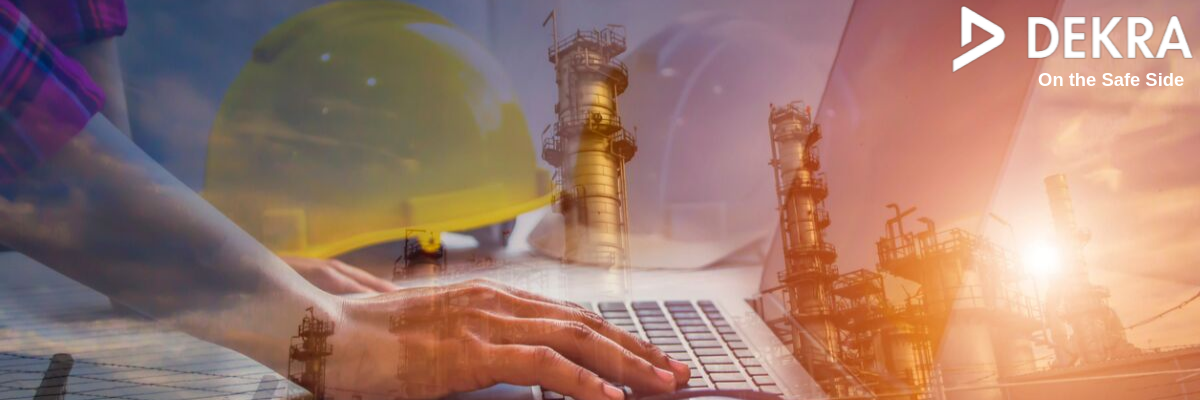I was there with a 50-something year old supervisor and an 18-year-old front line worker.” That’s how DEKRA Consultant Erika Gwilt begins her story demonstrating the difference between the generations in safety. “And we were talking about how things have changed and the supervisor said, "Well, you know back when I started out with the railroad, they taught us how to get on and off moving equipment. That was something we got trained to do. Today there's a rule against getting on and off moving equipment. You're not allowed to do it. And my knees are the reason why! My knees are pretty much wrecked and part of that is jumping off stuff. That's why the rule has changed the way it has.”
This story is just one of the many ways generation gaps present themselves in our day-to-day lives. Gwilt has kept track of these developments in her work, helping facilitate a very popular breakout session at DEKRA’s annual Safety in Action (SIA) conference called “Beyond the Generation Gap.” As part of our celebration of National Safety Month, we interviewed Gwilt about how your age can factor into your safety experience at work.
“Every generation feels like the one that came after them is lazy,” Gwilt laughs. “I think the biggest challenge in dealing with generation gaps is realizing some of our assumptions about people and the actions we base on them are not always useful to us. People are more alike than they are different. If you focus on the things that we have in common, it's easier to get along and to be productive together. If we focus on the things that separate us, it’s easier to be resentful and feel like your co-workers are unproductive.”
Gwilt tests people’s assumptions about each other in her SIA session. One of the exercises she did this past year required strangers in the audience to pair up, and without knowing anything about each other except first names, share with the room some of their partner’s likes and dislikes.
“We asked some questions like does your new partner like coffee or tea?” Gwilt says. “Are they a sports fan and, if so, what's their team? What kind of music do they like? You get some laughter and then you get them looking each other up and down and saying things like, ‘He’s got cowboy boots on so he must like country music’ or ‘She looks like she drinks those Starbucks cappuccino drinks.’ It's a fun illustration of what we can get ourselves into when we assume things about people.”
Gwilt says one of her favorite examples of how the different generations can help each other in safety took place last summer with a major railroad client.
“I was traveling from depot to depot, talking to different people in the field. I met a lot of supervisors who were nearing retirement age and I met quite a few 18, 19, 20 year old railroad hands. I was excited by the camaraderie and the back-and-forth these folks expressed with each other. When I asked them how come they got along so well, one of the older guys said, ‘Well, my grandson is their age and I want success for them.’ And the younger guys said the supervisors gave them a helpful hand up, someone to lean on for advice and experience.”
Gwilt says understanding each person’s individual motivations like this are the key to navigating generation gaps in safety. “Depending on where you are in your career,” she says, “you’re either building a reputation or leaving a legacy. Sometimes you’re doing both.”
“If you’re just out of high school and you're taking your first job as a laborer, you're going to be building a reputation which will follow you. You can leave a company and move to another job but your reputation’s going to follow you whether that be LinkedIn references or the experience you bring with you.”
“If you're on the other end of the spectrum, you're looking at leaving a legacy. Maybe you want this business to be healthy so that your retirement savings are alive and well. Maybe you want this business to thrive because you devoted your life to it.”
Knowing these motivations -- and how each person, regardless of age, can influence your company’s culture – may be the biggest impact different generations can have on safety.

